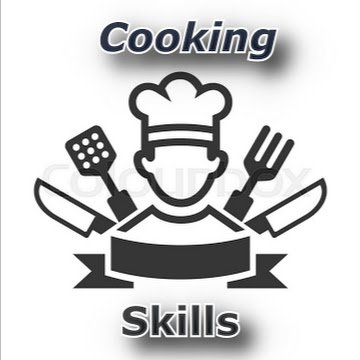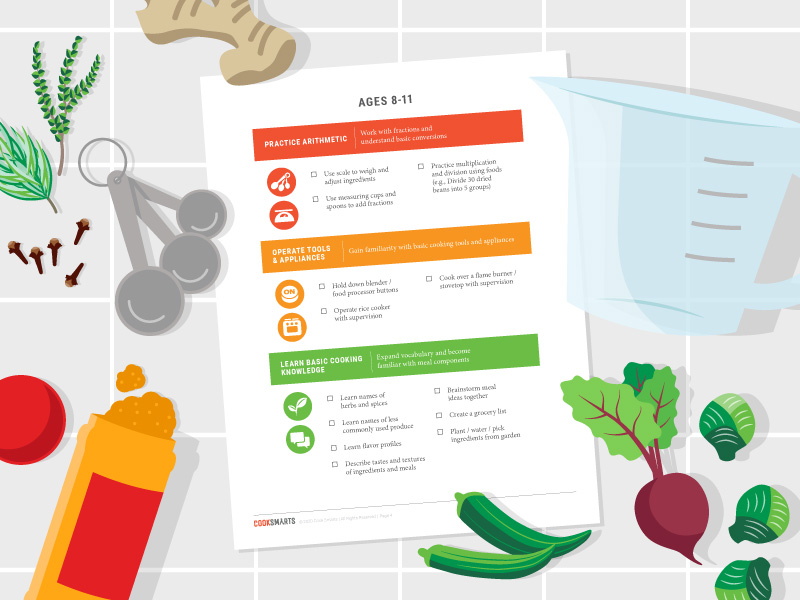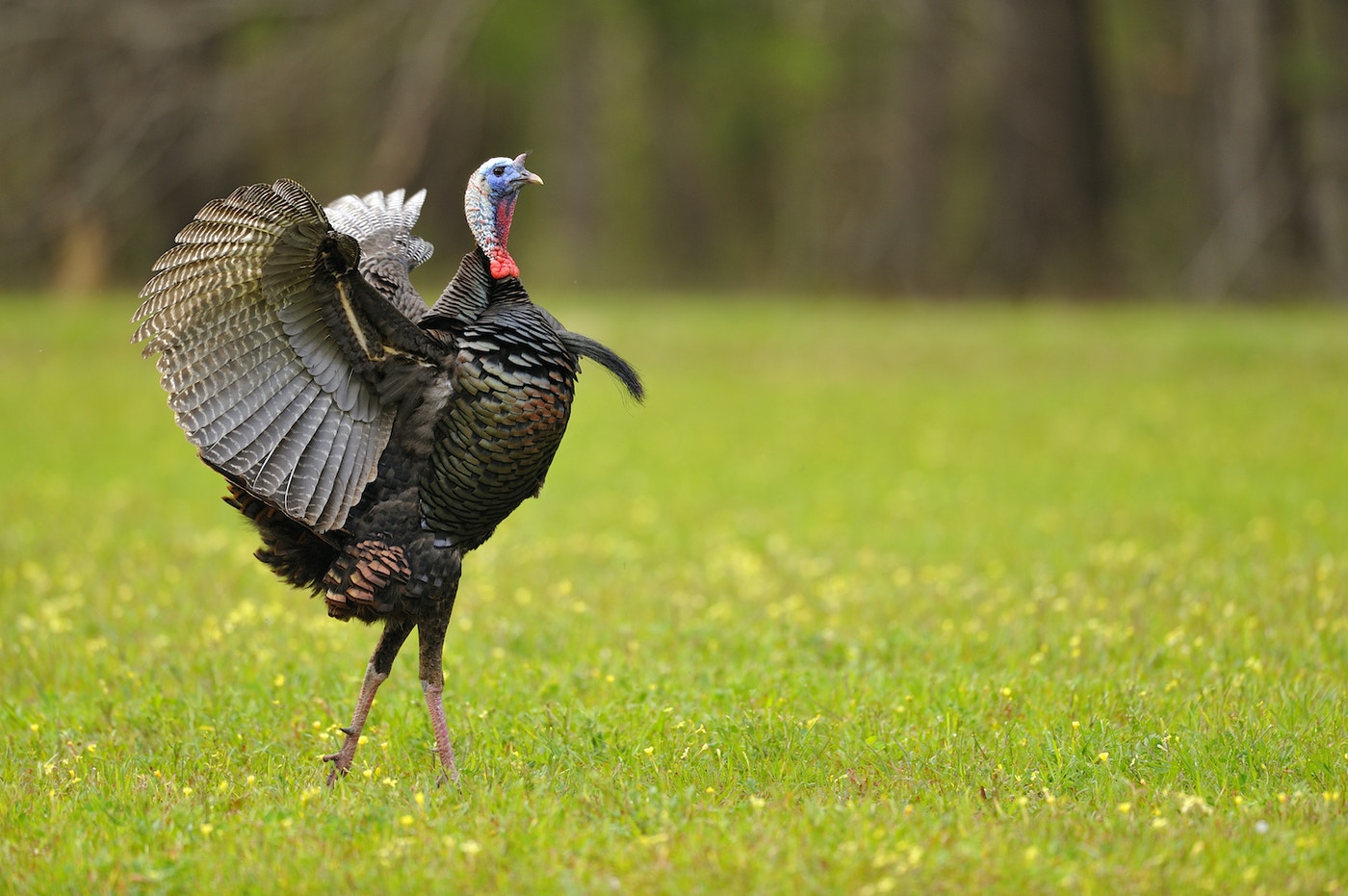
These cooking tips will make it easier for both novices and pros to cook better food. When adding ingredients to a recipe, it is important that you know the right order. Different ingredients cook at different rates. You'll also learn how to use your senses to prepare food. You can also learn how to use your sense of smell to determine the temperature of a dish. And finally, don't be afraid to experiment with new flavors and textures.
10 essential cooking tips
It is a great skill to enhance your quality of living, especially if it involves cooking new dishes. The best way to make even the simplest dishes taste better and healthier is to learn basic cooking tips. There are many ways to cook chicken, salmon and black beans. The first part of the operation is beating eggs. Cooking eggs takes just five minutes! A useful trick for cooking eggs is to first blot the meat. This helps ensure that the meat cooks evenly.
It is a good idea to defrost frozen ingredients before cooking. This will prevent them from losing their texture. You should also store frozen foods in a cupboard nearby to prevent heat and steam from escaping from the stove or refrigerator. You can also preserve their flavor. If you don't have a freezer, you can defrost them in the fridge if you need to.
Proper measuring cups
A set can come in many sizes and shapes. A set of six measuring cups includes one for each of the most common measurements. These cups are ideal for measuring dry ingredients like flour, but they can be cumbersome. These cups can be used to accurately measure everything, from spices to liquids. These are some great tips for buying measuring cups to use in cooking.

First, ensure that you get a set of both liquid and dry measuring cups. When they are intended for dry ingredients, you don't need worry about filling them with liquid. But it is best to not dip the measuring cup into flour or other dry ingredients. That could make the measurement unreliable. You'll get a more accurate measurement if you use liquid measuring cups that have an ambiguous measurement line.
Storing food in the right place
The first step in storing food correctly is to identify the items you'll be using. Some items don't spoil well, and they can be stored in the pantry or fridge. Glass jars are best for other items. Store non-perishable items in glass jars or airtight containers. Keep them out of direct sunlight and in a dark, cool place. Here are some helpful tips for properly storing food in your fridge.
First, make sure that your kitchen is clutter-free and clean. Avoid storing food in close proximity to household products. Keep food cool and dark. It is important to make sure that your containers are well-fitted. This will ensure that you don't eat any leftover food. Keep your food safe from heat sources like pipes. Also, prolonged exposure to sunlight can affect the color of your food.
Prepare food using your senses
Using all of your senses while cooking can enhance the experience. Your taste buds are a great way to choose the right ingredients. You will find it easier to predict the cooking times if you can envision the flavors in a particular dish. The same goes for your visual senses, including touch and smell. Listen to your gut and imagine the flavor of ingredients when shopping. For instance, red cabbage could be substituted for the broccoli.

Your five senses will help you identify new foods, determine their quality, and then enjoy them even more. There's an entire new world out there, as you'll see. You can learn about the fascinating science of flavour and learn to use your senses to appreciate food as you cook. It will be easy to tell the difference between an emoji and a real emojipeach. You will even be able to appreciate the bitterness in grapefruit and rhubarb. You can even learn to appreciate the bitterness of grapefruit or rhubarb by looking around in your kitchen.
FAQ
Are there any ingredients I can buy to cook?
You don't necessarily need to buy any ingredients. Most grocery stores sell premade sauces and other items you can use as substitutes. Premade meals are an option if you're looking for a way to save some money.
What are the Qualifications to be a Chef
A bachelor's degree is required to become a chef. A series of tests administered to you by the ACF will also be required. A certificate will verify your qualifications once you have met all of these requirements.
What should a beginner cook first?
For beginners, it is best to begin with something simple like pasta, rice or soup. If you want to learn how to cook, go for a recipe book or YouTube video. Cooking is fun when you do it with someone else. You can cook together as a family or with friends.
Do I have to go to culinary school in order to be a professional chef?
No. Many chefs started their careers by learning on their own. Some went to culinary school simply to gain experience. Most chefs prefer to go to culinary school to expand their professional opportunities. Culinary schools provide hands-on training that helps students develop valuable skills and enhance their culinary knowledge.
How Can I Get Hired As a Cook?
You can get a job as a cook through word of mouth. You might be able to find out about a restaurant looking for additional staff through your family and friends. A lot of restaurants also advertise their openings on bulletin boards or websites.
Can I learn to cook with my kids?
Yes! Yes! It's a fun activity that teaches them responsibility and teamwork. Children can help in everything, from washing vegetables and cutting onions. Children will love helping to cook if they are taught safe knife handling techniques.
Statistics
- On average, chefs earn $58,740 a year, according to the BLS. - learnhowtobecome.org
- In the United States, the category is estimated at $23.2 billion annually and is growing faster than the market. (washingtonpost.com)
- You'll be amazed that over 90% of CIA students receive scholarships and grants to finish their culinary studies. (ischoolconnect.com)
External Links
How To
How to make the perfect omelet
Omelets have always been a favourite food to eat for breakfast. How do you make them perfect? I've tried many recipes and different methods but none have worked. I have some tips and tricks to help you make delicious, fluffy omelets every single morning.
First, eggs can be very temperamental ingredients for making omelets. The eggs must be fresh from an organic source and kept at room temperature until they are ready to be cooked. If they are not kept cold enough, the whites won’t form properly. The yolks will also break down too quickly and become runny. Your omelets will look strangely colored if this happens. If you want to make omelets right away, it's best not to use eggs that are too cold.
You might also try separating the egg before adding to the pan. It is important not to allow any white to mix with the yolk as this could lead to the omelet becoming curdled.
If you add the egg directly onto the stovetop, you might end up burning the bottom part of the egg, which would ruin the texture of your omelet. Instead, heat the egg for 10 seconds in the microwave before placing it in the pan. The heat from the microwave cooks the egg just enough without overcooking it.
Let's now talk about mixing eggs. Mixing eggs together is important. You need to beat them well. Turn the bowl upside down and grab the whisk to do this. Now shake the bowl vigorously. This will whip the air around the bowl and mix the egg well.
Now it's time to have fun: pour the milk into the mixture. Fold the eggs in the milk mixture by first pouring half of it into the egg whites. You don't need to worry if streaks remain. They will disappear once you flip your omelet.
After folding the eggs fold the pan onto medium heat. When the oil starts to hot, wait for the pan to cook. Once the oil starts getting hot, add 1/4 cup of butter to the pan and swirl it around to coat the entire surface of the pan. Next, carefully open the lid and sprinkle salt into your pan. A pinch of salt will prevent your omelet from sticking in the pan.
Once the omelet forms, cover the pan again. Let the top side set completely. Flip the omelet with a spatula, or flip it upside down. Cook the other half for another minute. Take out the omelet and place it in a bowl.
This recipe is best made with whole milk. However, it can also be used with skimmed milk.